Filter by
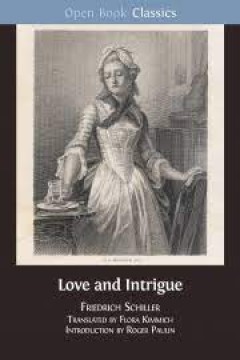
Love and Intrigue
"Schiller’s play Kabale und Liebe, usually translated into English as Love and Intrigue, represents the disastrous consequences that follow when social constraint, youthful passion, and ruthless scheming collide in a narrow setting. Written between 1782 and 1784, the play bears the marks of life at the court of the despotic Duke of Württemberg, from which Schiller had just fled, and of a fra…
- Edition
- -
- ISBN/ISSN
- 9781783747405
- Collation
- 120 halaman
- Series Title
- Open Book Classics
- Call Number
- 700 SCH l
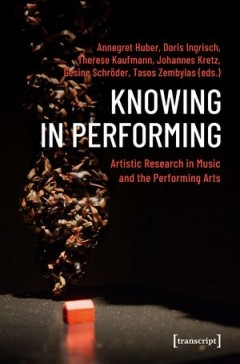
Knowing in Performing: Artistic Research in Music and the Performing Arts
How can performing be transformed into cognition? Knowing in Performing describes dynamic processes of artistic knowledge production in music and the performing arts. Knowing refers to how processual, embodied, and tacit knowledge can be developed from performative practices in music, dance, theatre, and film. By exploring the field of artistic research as a constantly transforming space for pa…
- Edition
- 1
- ISBN/ISSN
- 9783839452875
- Collation
- -
- Series Title
- -
- Call Number
- 792 KNO k
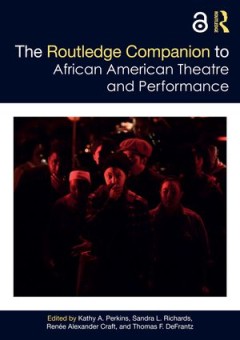
The Routledge Companion to African American Theatre and Performance
The Routledge Companion to African American Theatre and Performance is an outstanding collection of specially written essays that charts the emergence, development, and diversity of African American Theatre and Performance—from the nineteenth-century African Grove Theatre to Afrofuturism. Alongside chapters from scholars are contributions from theatre makers, including producers, theatre mana…
- Edition
- 1
- ISBN/ISSN
- 9781351751445
- Collation
- -
- Series Title
- -
- Call Number
- 812 ROU r
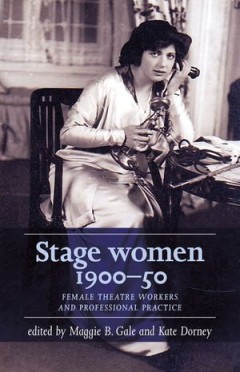
Stage women, 1900–50
Stage women, 1900–50 explores the many ways in which women conceptualised, constructed and participated in networks of professional practice in the theatre and performance industries between 1900 and 1950. A timely volume full of original research, the book explores women’s complex negotiations of their agency over both their labour and public representation, and their use of personal and p…
- Edition
- -
- ISBN/ISSN
- 9781526147271
- Collation
- -
- Series Title
- -
- Call Number
- -
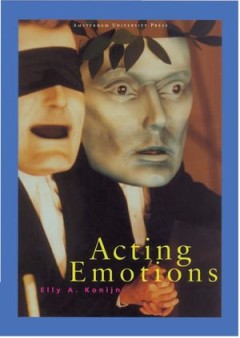
Acting Emotions
Actors and actresses play characters such as the embittered Medea, or the lovelorn Romeo, or the grieving and tearful Hecabe. The theatre audience holds its breath, and then sparks begin to fly. But what about the actor? Has he been affected by the emotions of the character he is playing? What's going on inside his mind? The styling of emotions in the theatre has been the subject of heated deba…
- Edition
- -
- ISBN/ISSN
- 9789053564448
- Collation
- -
- Series Title
- -
- Call Number
- -

Postdramatic Dramaturgies: Resonances between Asia and Europe
This book compiles lectures by the world's leading practitioners of postdramatic theatre from East Asia and the German-speaking world, which were given at Asia's only dramaturgy degree program at The Central Academy of Drama in Beijing 2018/19. It includes first-time English-language scripts of the discussed plays. The material is complemented by contextualizing essays by the program founder Li…
- Edition
- -
- ISBN/ISSN
- 9783839459973
- Collation
- -
- Series Title
- -
- Call Number
- 792 POS p
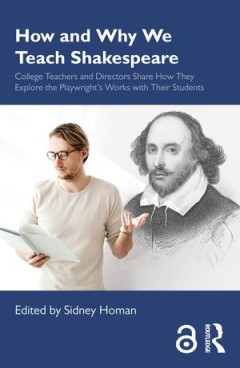
How and Why We Teach Shakespeare: College Teachers and Directors Share How Th…
In How and Why We Teach Shakespeare, 19 distinguished college teachers and directors draw from their personal experiences and share their methods and the reasons why they teach Shakespeare. The collection is divided into four sections: studying the text as a script for performance; exploring Shakespeare by performing; implementing specific techniques for getting into the plays; and working in d…
- Edition
- -
- ISBN/ISSN
- 9781000004816
- Collation
- -
- Series Title
- -
- Call Number
- 792 HOW h
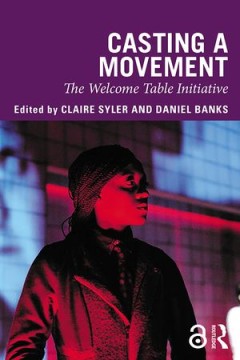
Casting a Movement: The Welcome Table Initiative
Casting a Movement brings together US-based actors, directors, educators, playwrights, and scholars to explore the cultural politics of casting.Drawing on the notion of a "welcome table"—a space where artists of all backgrounds can come together as equals to create theatre—the book’s contributors discuss casting practices as they relate to varying communities and contexts, including Middl…
- Edition
- -
- ISBN/ISSN
- 9780429948282
- Collation
- -
- Series Title
- -
- Call Number
- 790.2 CAS c
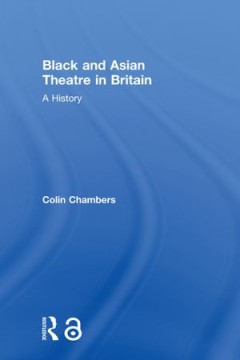
Black and Asian Theatre in Britain: A History
Black and Asian Theatre in Britain is an unprecedented study tracing the history of ‘the Other’ through the ages in British theatre. The diverse and often contradictory aspects of this history are expertly drawn together to provide a detailed background to the work of African, Asian, and Caribbean diasporic companies and practitioners.Colin Chambers examines early forms of blackface and oth…
- Edition
- -
- ISBN/ISSN
- 9781134216901
- Collation
- -
- Series Title
- -
- Call Number
- 792 CHA b
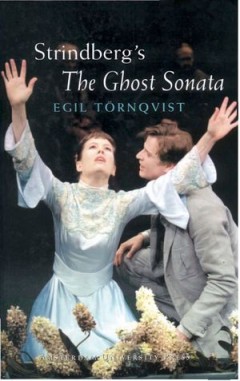
Strindberg's Ghost Sonata
Generally considered one of milestones in the development of modern drama, August Strindberg's chamber play The Ghost Sonata (1907) has variously been hailed as the first expressionist, surrealist and absurdist drama. rIn this monograph of the play as text and as performance - the first of its kind - Egil Törnqvist examines, in four chapters, the source text, various translations of it into En…
- Edition
- -
- ISBN/ISSN
- 9789053564356
- Collation
- -
- Series Title
- -
- Call Number
- 792 TOR s
 Computer Science, Information & General Works
Computer Science, Information & General Works  Philosophy & Psychology
Philosophy & Psychology  Religion
Religion  Social Sciences
Social Sciences  Language
Language  Pure Science
Pure Science  Applied Sciences
Applied Sciences  Art & Recreation
Art & Recreation  Literature
Literature  History & Geography
History & Geography